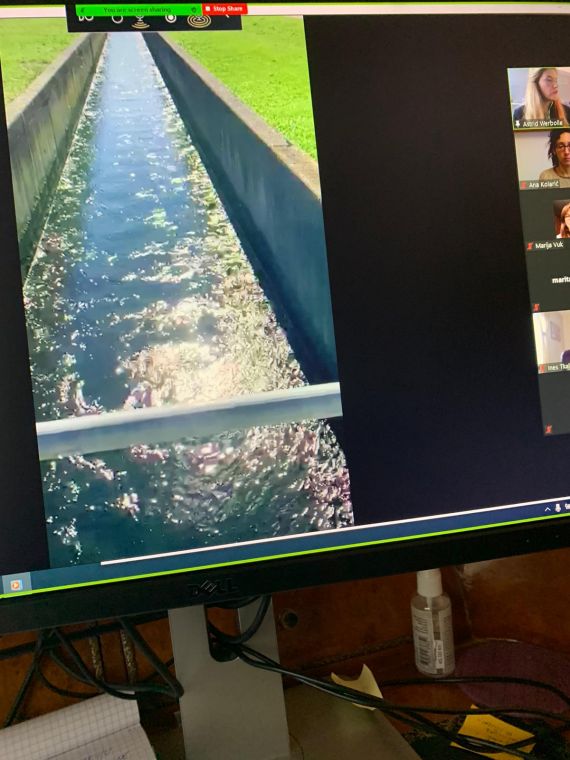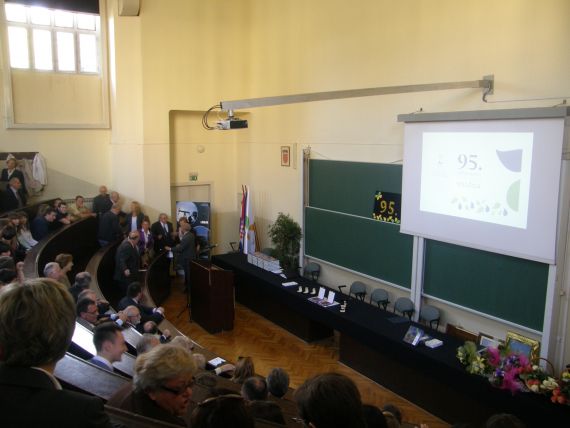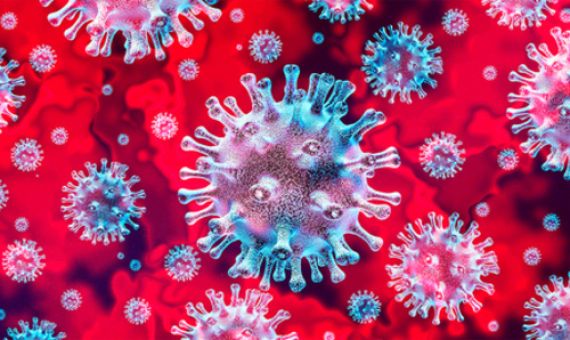Published: 9.2.2021.
The article was edited and published by Andrea Božić
To limit the spread of disease and reduce environmental pollution, human waste (excrement) should be safely controlled and stored efficiently. Yet 4.2 billion people, more than half of the world’s population, do not have access to safe sanitation.
In developing countries, each person produces, on average, six liters of wastewater from the toilet every day. Based on the number of people who do not have access to safe sanitation, that’s nearly 14 billion gallons of untreated fecal-contaminated wastewater generated every day. That’s the same as the 5,600 Olympic pools.
These untreated wastewaters directly contribute to increased diarrheal diseases such as cholera, typhoid fever, and rotavirus. Diseases like these are responsible for 297,000 deaths a year of children under the age of five, or 800 children every day.
The highest child death rates attributable to diarrhea occur in the poorest communities in countries such as Afghanistan, India and the Democratic Republic of Congo.
Given the global scale of this problem, it is surprising that sanitary practitioners still do not know exactly where human excretion flows or goes, due to the unreliable data at their disposal.
Poor sanitation will worsen due to climate change
Inadequate sanitary protection is not only a problem of human health. It is also bad for the environment. According to estimates, about 80% of wastewater around the world from developed and developing countries is not treated before being released into the environment
If excess nutrients such as nitrogen and phosphorus are released into the environment via untreated wastewater, it can disrupt natural ecosystems and aquatic life.
This is especially true for coral reefs, many of which are found in tropical developing countries.
And for the most part, developing countries have very limited management of human excreta, which leads to large quantities of raw wastewater being released directly into coral reefs. This is especially evident in high-population countries such as Indonesia and the Philippines.
A coral reef underwater with clownfish swimming.
Sewage is discharged near sensitive coral reefs, especially in the tropics.
The damage that raw wastewater does to coral is severe. Raw wastewater carries solids, endocrine disruptors (chemicals that interfere with hormones), inorganic nutrients, heavy metals, and pathogens directly into the coral, all of which harm coral growth, causes coral diseases and reduces their rate of reproduction.
The challenges of climate change will exacerbate our sanitary crisis since increased rain and floods will overwhelm sanitation systems and cause them to overflow. The Pacific island nations are particularly vulnerable to the complex impacts of sea level rise and more frequent, extreme tropical cyclones.
Meanwhile, increased drought and severe water shortages in other parts of the world will make some sanitation systems, such as sewage, unusable. One example is the poor water management by the government of Zimbabwe, which led to sewer system failure and exposing millions of people to the risk of water-borne diseases. Even in more developed countries, such as Australia, the increased frequency of extreme weather events and disasters, including bush fires, will damage some sanitary infrastructure without the possibility of repairing it.
Global goals for improving sanitation conditions
Improving clean water and drainage has clear global goals. The aim is to achieve the six goals of sustainable development of the United Nations and to achieve appropriate and fair sanitary conditions for all and to halve the share of untreated wastewater. Reaching this goal will be difficult since there is no reliable data on the exact number of sanitary systems that are safely managed, especially in developing countries.
Individual studies in countries such as Tanzania provide small amounts of information on whether some sanitary systems are safely managed. But these studies are not yet on the scale needed to extrapolate to the national level.
What is behind the lack of data?
The major reason for the missing data is the large range of sanitary systems and their complex classifications.
A common example, seen in the construction of septic tanks, is that there are many incentives to build unsuitable septic tanks that are much cheaper. From current research in rural Fiji, reduced tank sizes and the use of alternative materials (for example, old plastic water tanks) to save space and money in material costs are very apparent.
This does not allow adequate restraint or storage. Instead, the secretions can be freely flushed into the surrounding environment.
Troubleshooting
Achieving Sustainable Development Goal 6 requires nationally representative data sets. The following important questions must be answered at the national level in developing countries:
- for each toilet, where does the excrement go? Is it safely contained, stored on site, or transported for purification?
- if the secretion is not contained or treated properly after leaving the toilet, how far does it travel through the ground or waterways?
- when the excrement is removed from a pit or septic tank on the spot, where is it taken? Is it discarded into the environment or safely treated?
- are the sewage systems intact and connected to functional wastewater treatment plants that release safe wastewater?
At present, the sanitary data collection tools used by the UN for its sustainable development goals do not fully address these critical issues. Stronger surveys and sampling programs must be devised, and resources must be allocated to government sanitation departments for a more thorough data collection strategy.
And most importantly, we need coordinated investment in sustainable sanitation solutions for all participants, especially governments, international organizations and the private sector. It is also crucial to protecting the health of our own species and all other species on the planet.
Prepared by: Astrid Werbolle
Source: THE CONVERSATION (University of Sydney)







